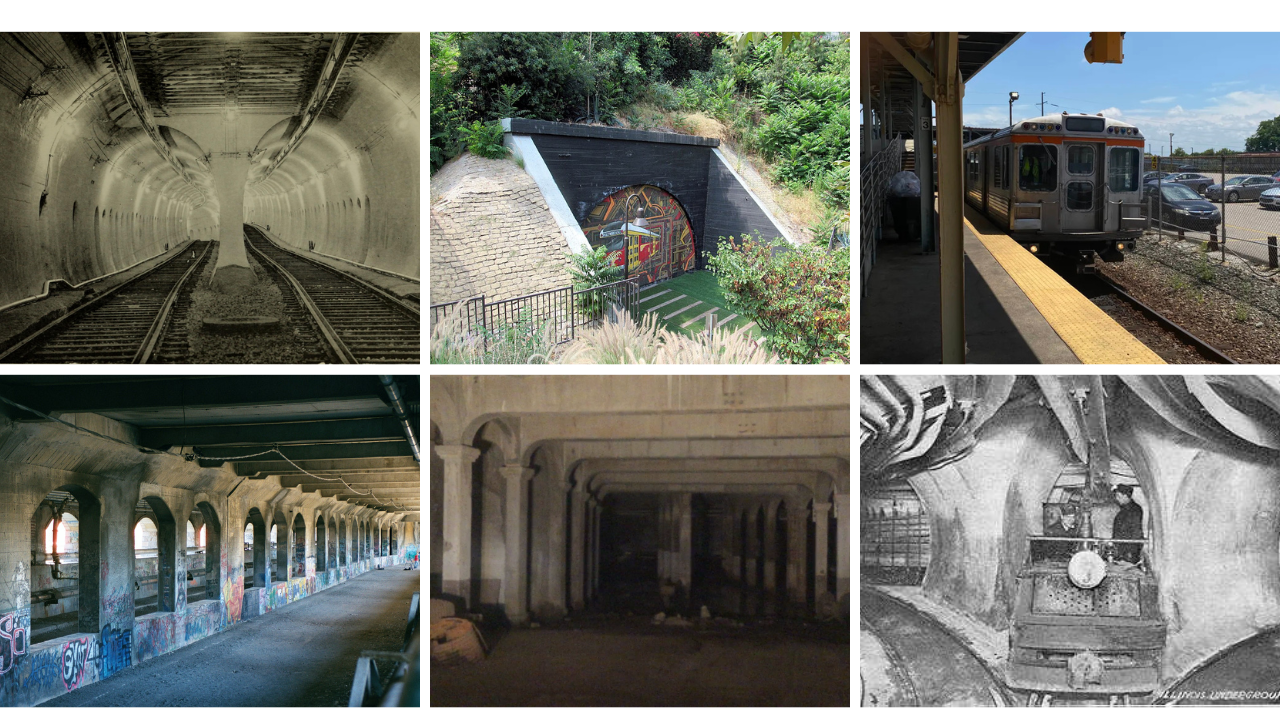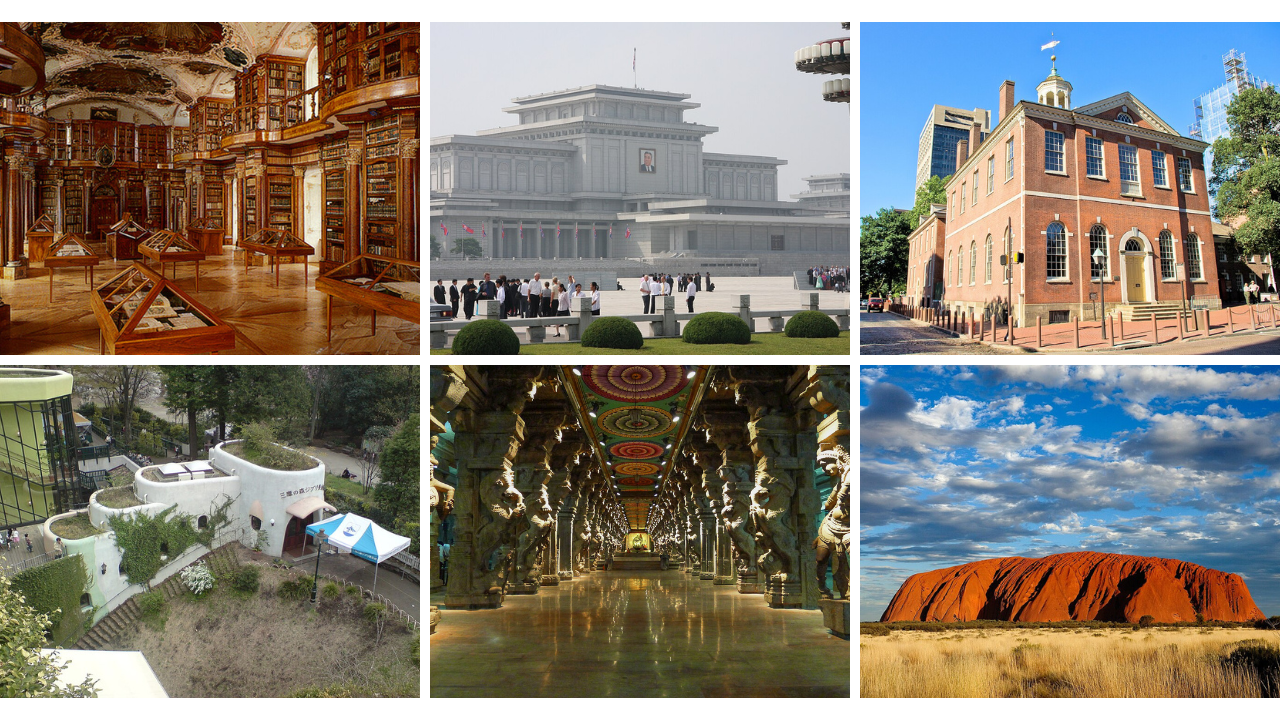Cameras usually feel harmless, yet some spaces ask for trust instead of snapshots. The reasons vary. Light can damage fragile inks, crowds can clog narrow aisles, security can depend on secrecy, and reverence can require attention that lenses interrupt. Around the world, a few well known sites draw the line and keep it clear. Signs explain, staff enforce, and the experience often deepens without a viewfinder. Here are places where photos are off limits, and the logic that keeps the rule in place.
Sistine Chapel, Vatican City

Inside the chapel, guards remind visitors to pocket phones and lower voices. Photography is banned to protect artwork and preserve a prayerful atmosphere, and the rule keeps crowds moving in a tight space. Without shutters and screens, the frescoes read as a single story rather than a backdrop. The effect is immediate. Color feels brighter, time slows a little, and the exit back to the museums arrives with images that live in memory rather than a camera roll.
Crown Jewels, Tower of London, UK

In the Jewel House, no photos means fewer pauses, safer movement, and better security around objects that anchor a nation’s ceremonies. Lighting and climate are tuned for gemstones and gold, not flashes and phones, and the ban helps staff watch people, not screens. The moving walkway adds a steady rhythm past crowns and orbs, while a second pass on foot lets details land without a lens. The restraint suits the room. Splendor does not need a filter.
National Archives Rotunda, Washington, D.C., USA
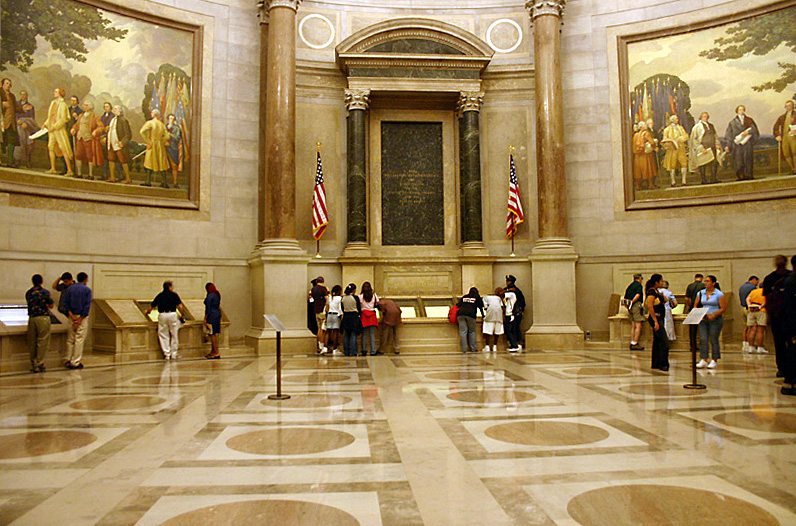
The Declaration, Constitution, and Bill of Rights sit in low light for a reason. Photography is prohibited to protect fragile ink and parchment and to prevent crowd knots that form when phones rise. The no camera rule changes posture and tone. People step closer, read quietly, and take turns. Guards answer questions about script and signatures while eyes adjust. The hush does more than protect artifacts. It raises the stakes of looking and keeps the visit honest.
Anne Frank House, Amsterdam, Netherlands
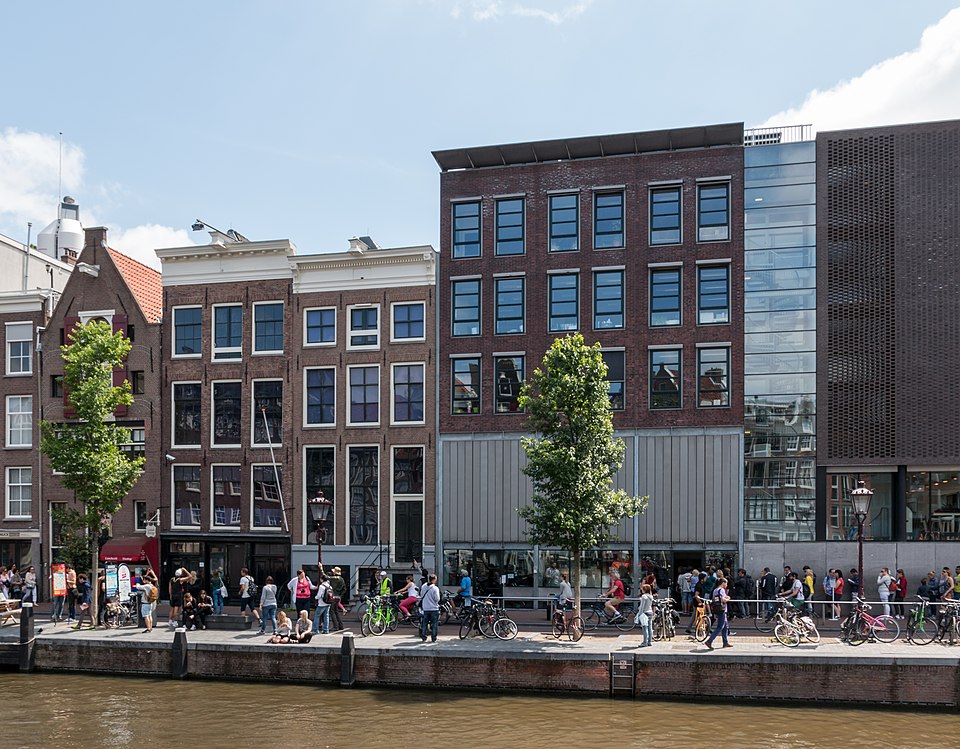
Inside the canal house, photography is not allowed. The rooms are small, the artifacts delicate, and the story deserves attention without screens. Narrow stairs and steady flow keep the group compact, and the ban prevents bottlenecks at diary pages and cuttings on the walls. Staff invite reflection and questions, and the exit opens to a city that feels louder by comparison. The absence of cameras matches the subject. Memory here travels by words and quiet.
Ghibli Museum, Mitaka, Japan
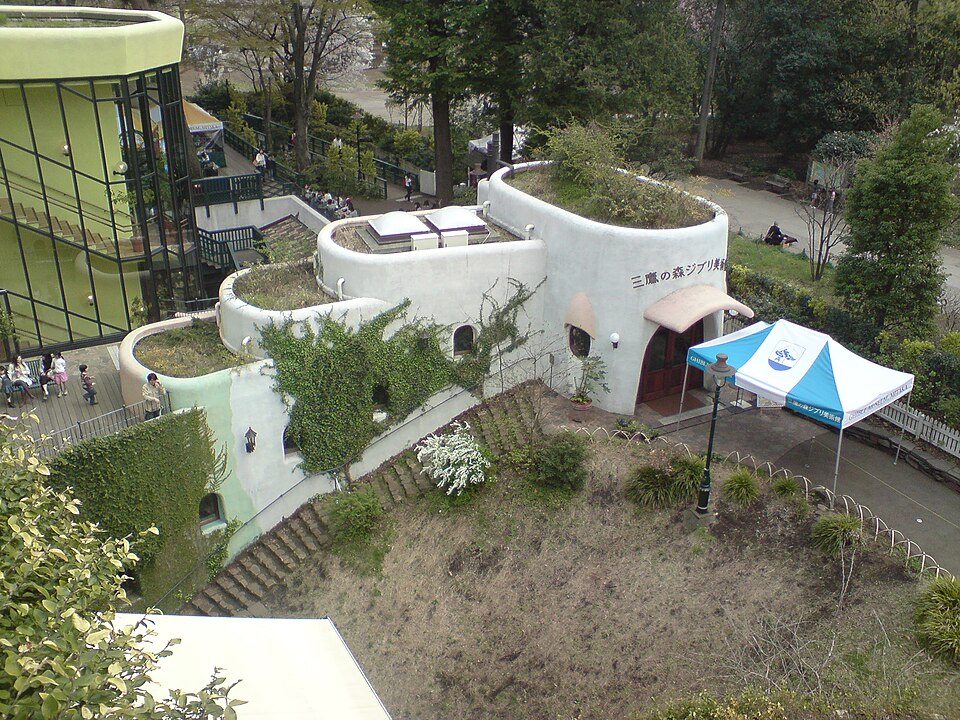
The museum asks visitors to put phones away to keep the sense of discovery intact. Photography is banned indoors so sketches, models, and looping film reels feel like gifts found in rooms, not content to collect. Staff guide the flow, and the building’s cozy scale rewards attention to sound and light. The café and garden welcome photos, but the exhibits rely on surprise. It is a rare case where the rule adds value by guarding wonder.
Neuschwanstein Castle Interiors, Germany
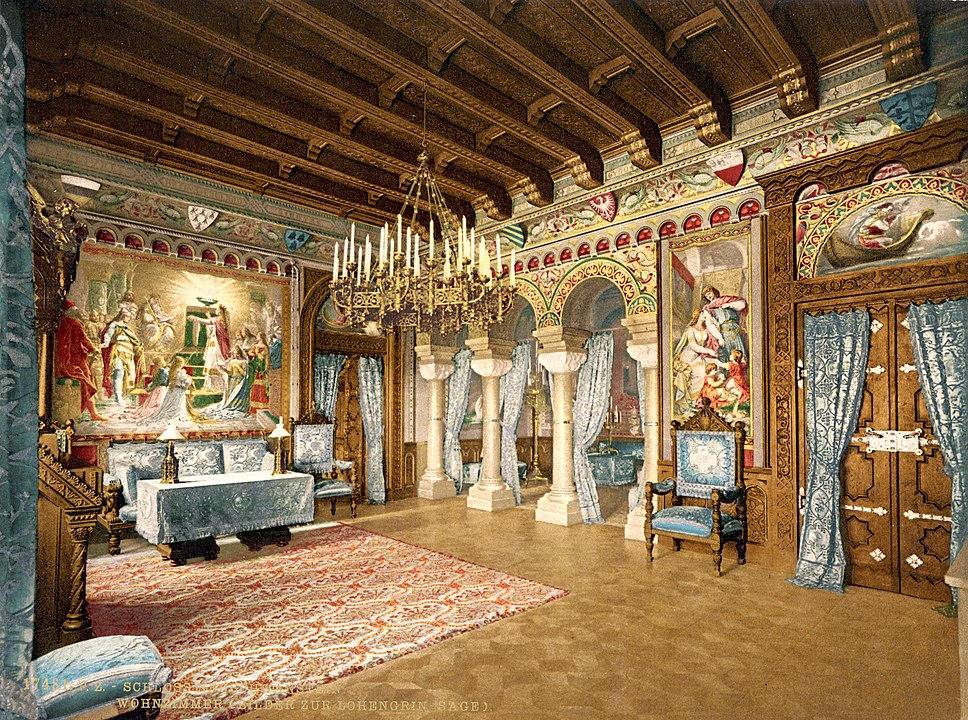
Photography is not permitted inside state owned Bavarian palaces, including Neuschwanstein. The policy protects finishes, speeds tours through narrow halls, and respects licensing for images managed by the heritage authority. Guides keep the group moving as murals, carved wood, and stage like rooms unfold at a quick pace. Outside, the bridges and trails offer ample vistas. Inside, the ban preserves both traffic flow and a sense of theater that screens would flatten.
Taj Mahal Main Mausoleum, Agra, India
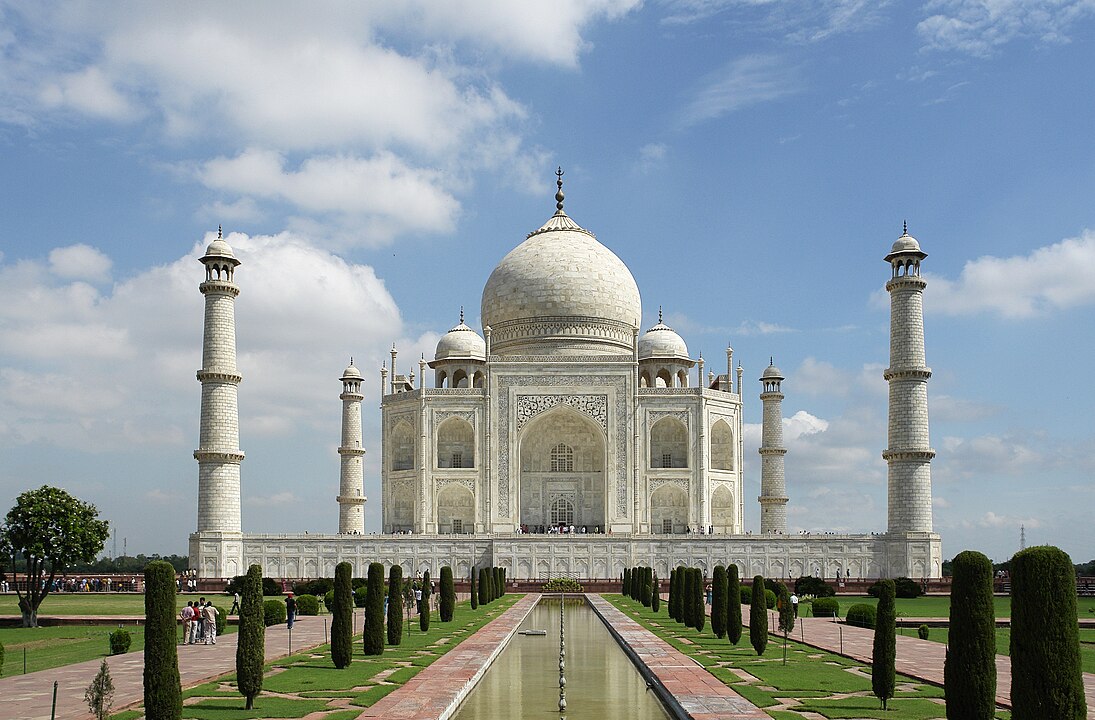
The marble platform welcomes photos, but the inner chamber does not. No photography inside the tomb space protects pietra dura inlay from crowd pressure and keeps the mood suitable for a resting place. Guards manage shoes, whisper levels, and a steady loop around the cenotaphs. The choice makes sense when the door closes behind. Carvings glow gently, sound turns to hush, and attention shifts from proof of presence to the craft under fingertips.
Ise Grand Shrine Inner Sanctuaries, Japan
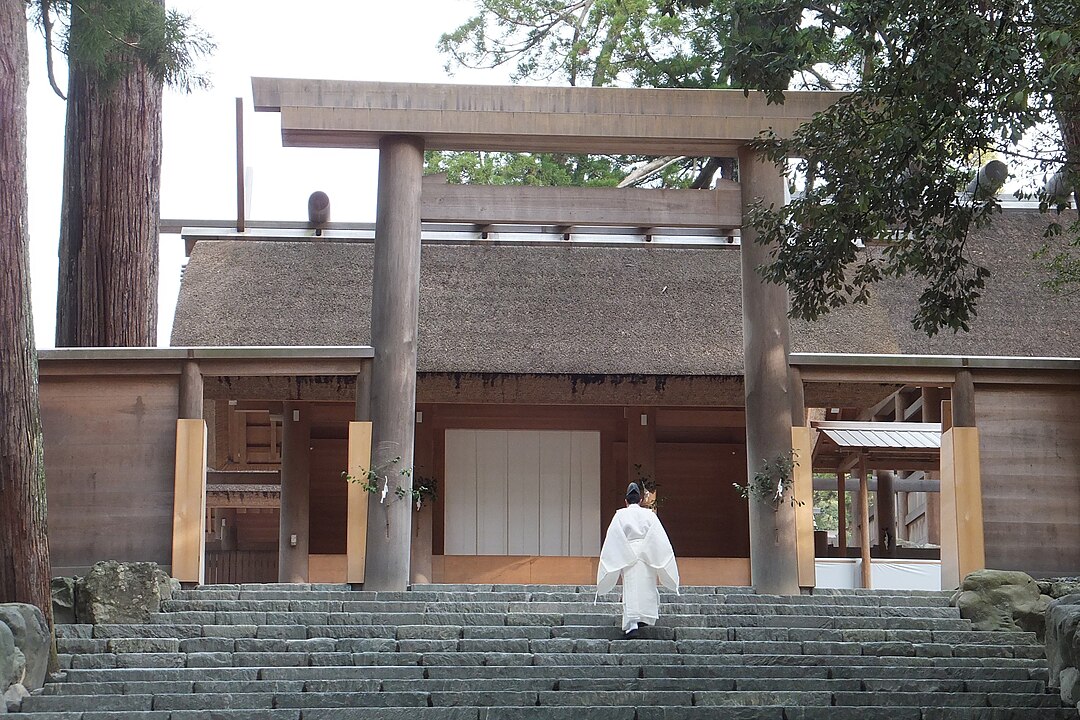
At Japan’s most sacred Shinto site, photography is prohibited within the inner precincts. The ban preserves ritual privacy, protects timber structures renewed on a rhythm of centuries, and keeps focus on presence rather than capture. Visitors view gates and roofs from respectful distances, listen to wind in cypress, and watch priests at work without reaching for a device. The rule underlines the point of the place. Some things are meant to be witnessed, not recorded.
Meteora Monastery Chapels, Greece

The cliffs invite photos, yet many monastery interiors do not. In chapels, icons and frescoes ask for low light and reverence, and photography is banned to guard pigments and prayer. Monks and nuns post signs and kindly remind guests, while cloisters and terraces provide views without limits. The result is a clear line. Take in the art with eyes, step outside for cameras, and let the path between the two set the pace of the visit.
Casino de Monte-Carlo Gaming Rooms, Monaco
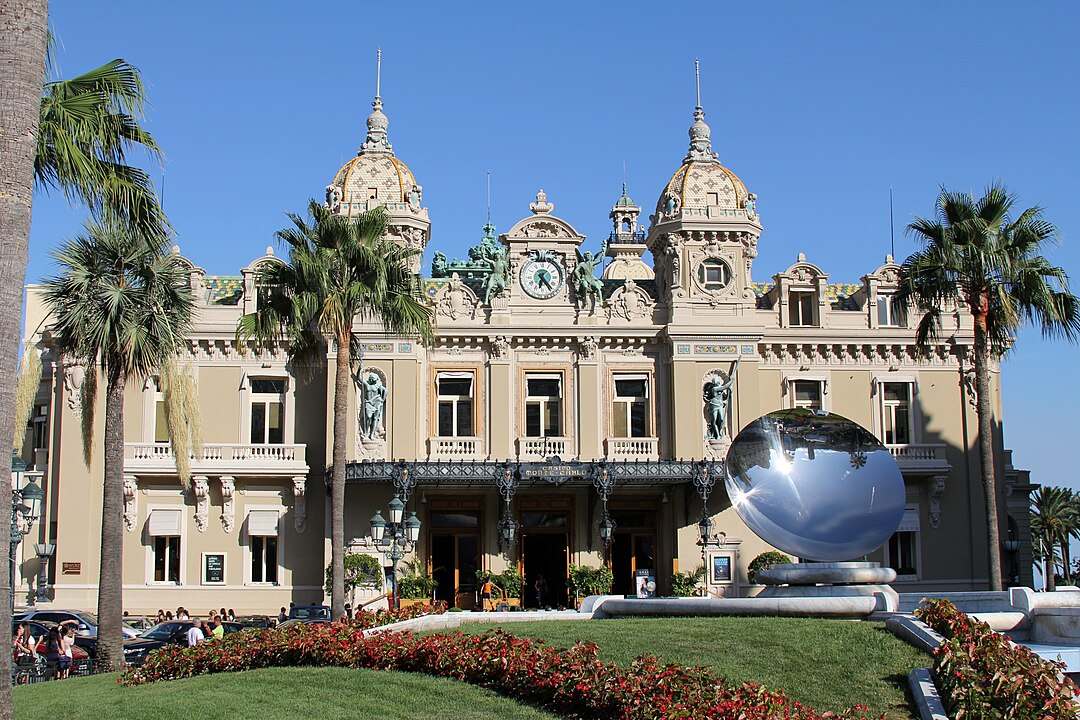
In the ornate gaming salons, photography is off limits. The rule protects patron privacy, reduces distractions for staff, and keeps games orderly. Visitors can photograph exteriors and public foyers, but once past the ticketed rooms, phones stay down. The effect is old world. Cards snap, chips click, and chandeliers hum softly above concentration. Security appreciates the clarity. So do players who came for a table, not a backdrop.
U.S. Supreme Court Courtroom, Washington, D.C.
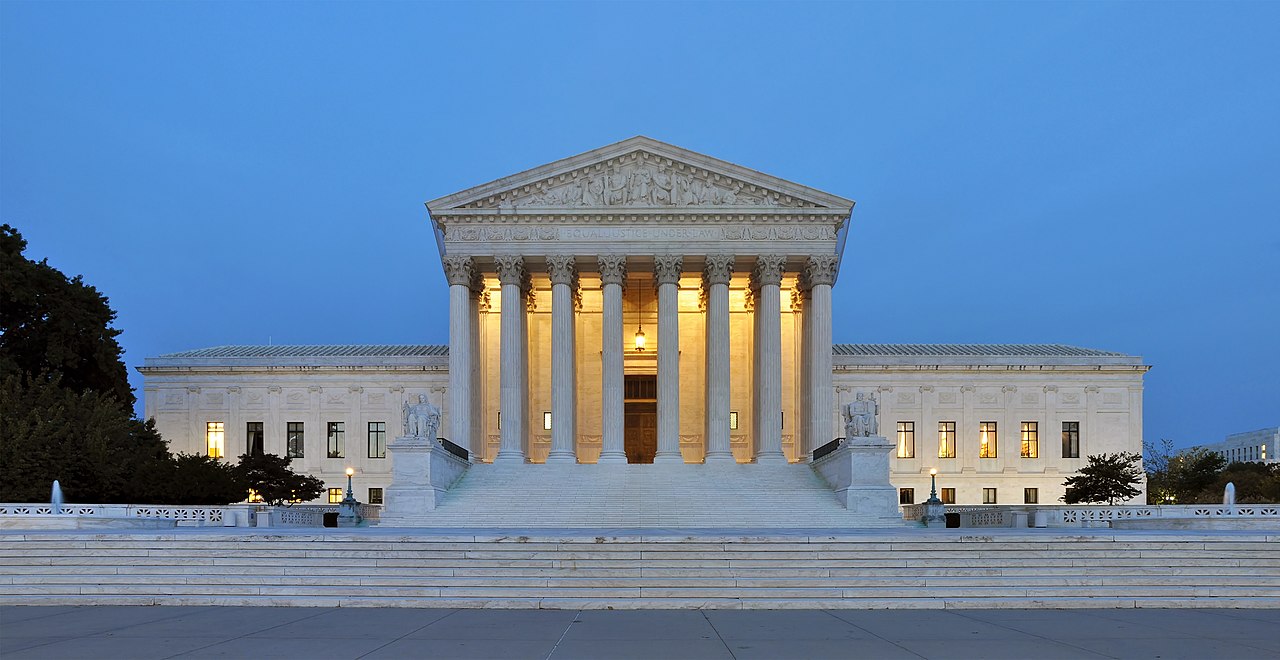
No cameras are allowed in the courtroom, which is why arguments live through transcripts and artists’ sketches. The ban protects judicial process from performance pressure and keeps attention on questions, not optics. Public seating is limited, lines form early, and staff enforce the rule without exception. The marble, drapery, and quiet carry the weight of the room. When the justices take their seats, all eyes lift, and the absence of screens feels logical.
Trinity College Dublin, Book of Kells Exhibition, Ireland

Photography is not permitted in the Book of Kells gallery, where light and humidity guard a millennium of pigment on vellum. The ban reduces crowding at display cases and prevents accidental flashes. Staff rotate pages and explain pigments and scripts, while the Old Library spaces often carry their own rules. The restraint suits a manuscript that survived travel, theft, and time. Looking becomes careful, and the exit feels brighter for it.
Grand Canyon Skywalk, Hualapai Reservation, USA
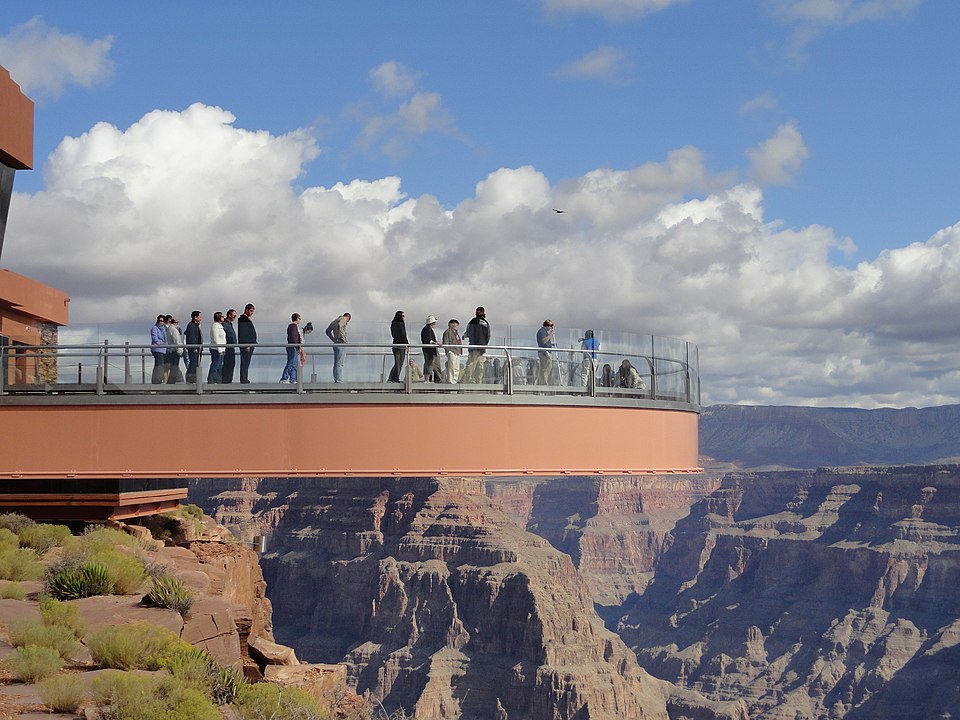
On the glass horseshoe over the canyon, personal cameras and phones are prohibited. The rule prevents drops that could shatter panels or injure people below, and it helps staff manage pacing on a narrow deck. Visitors pass through metal detectors, don booties to protect the surface, and receive professional photos if desired. The trade is simple. Safety and preservation first, awe a close second, and souvenirs handled by people who do this all day.

